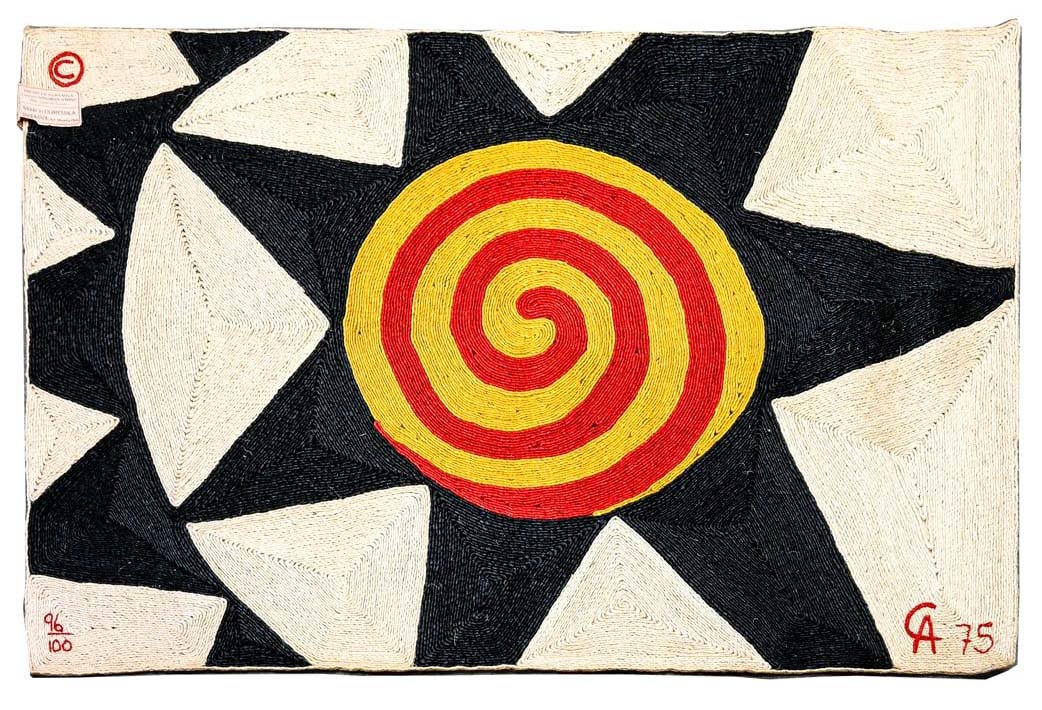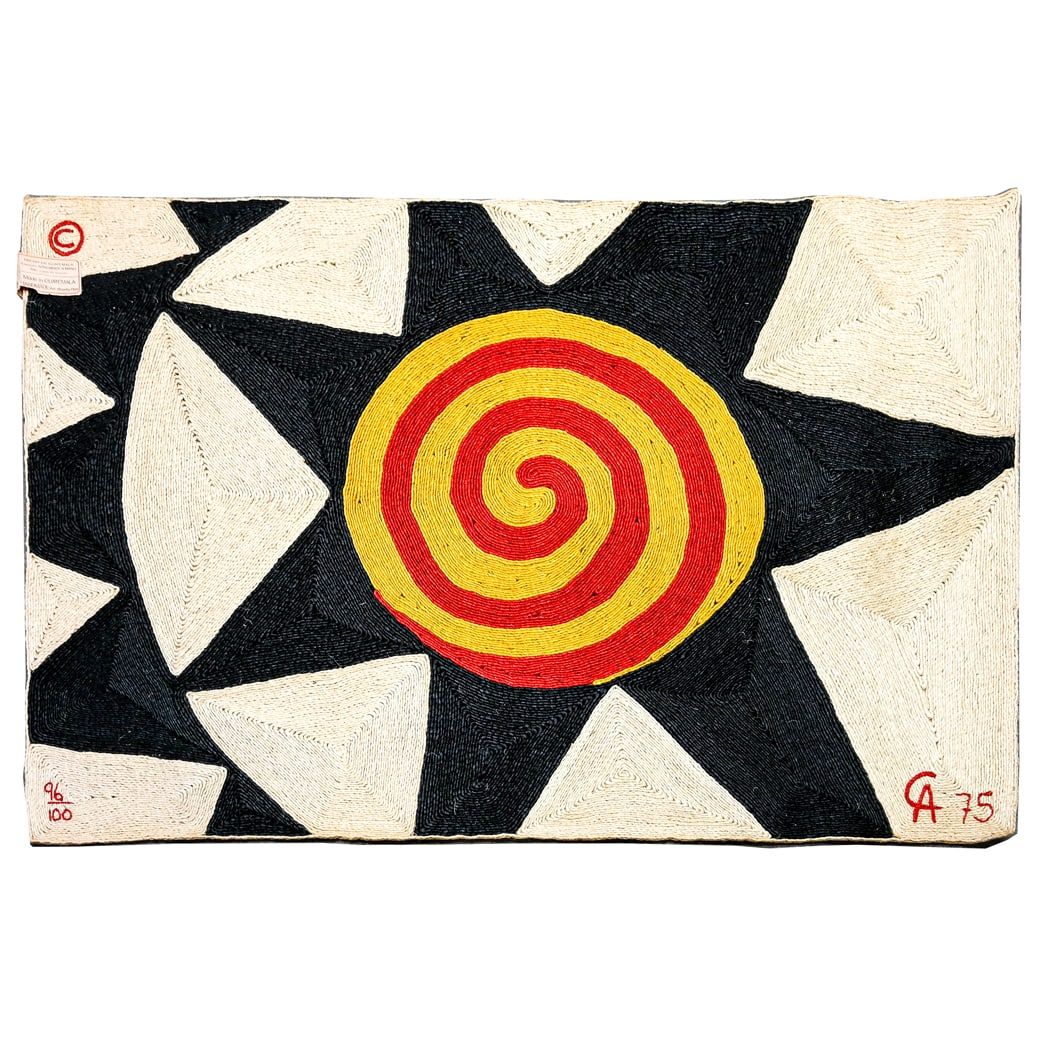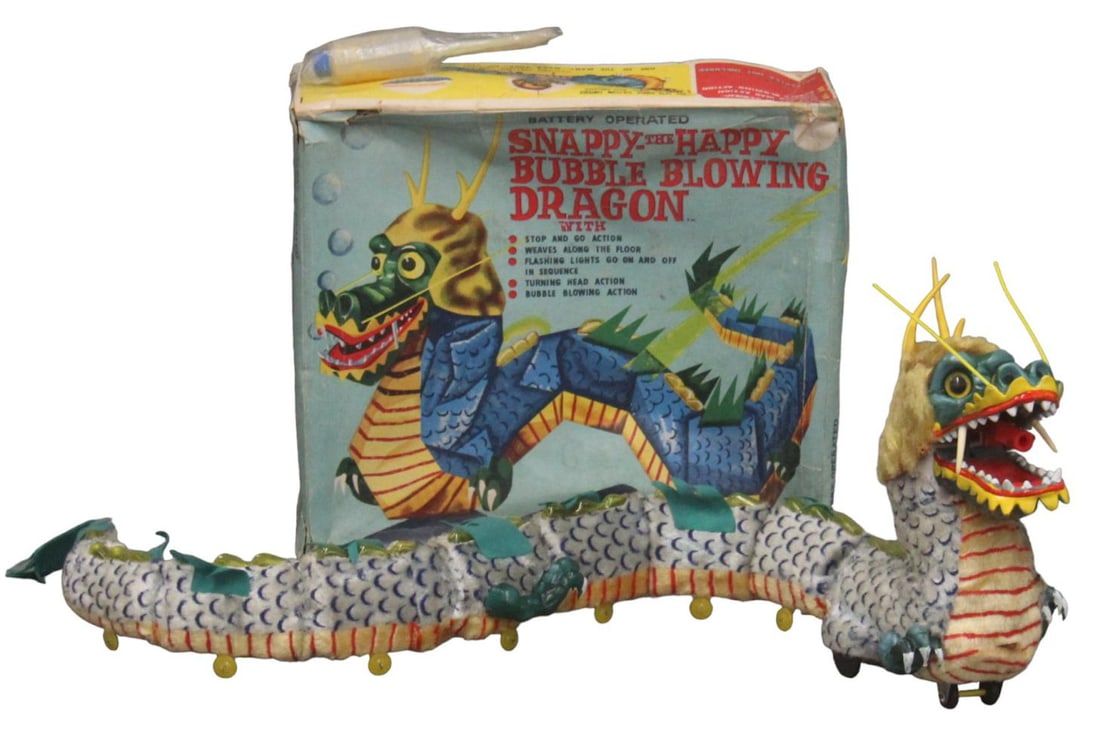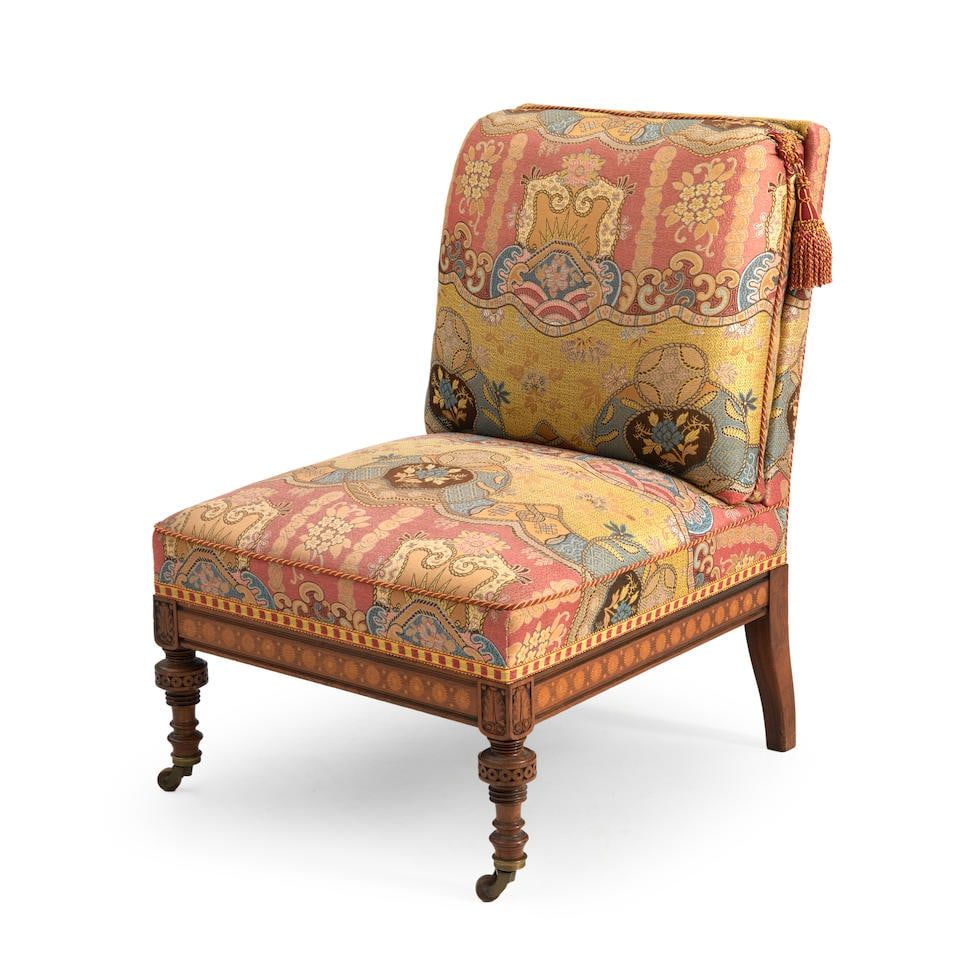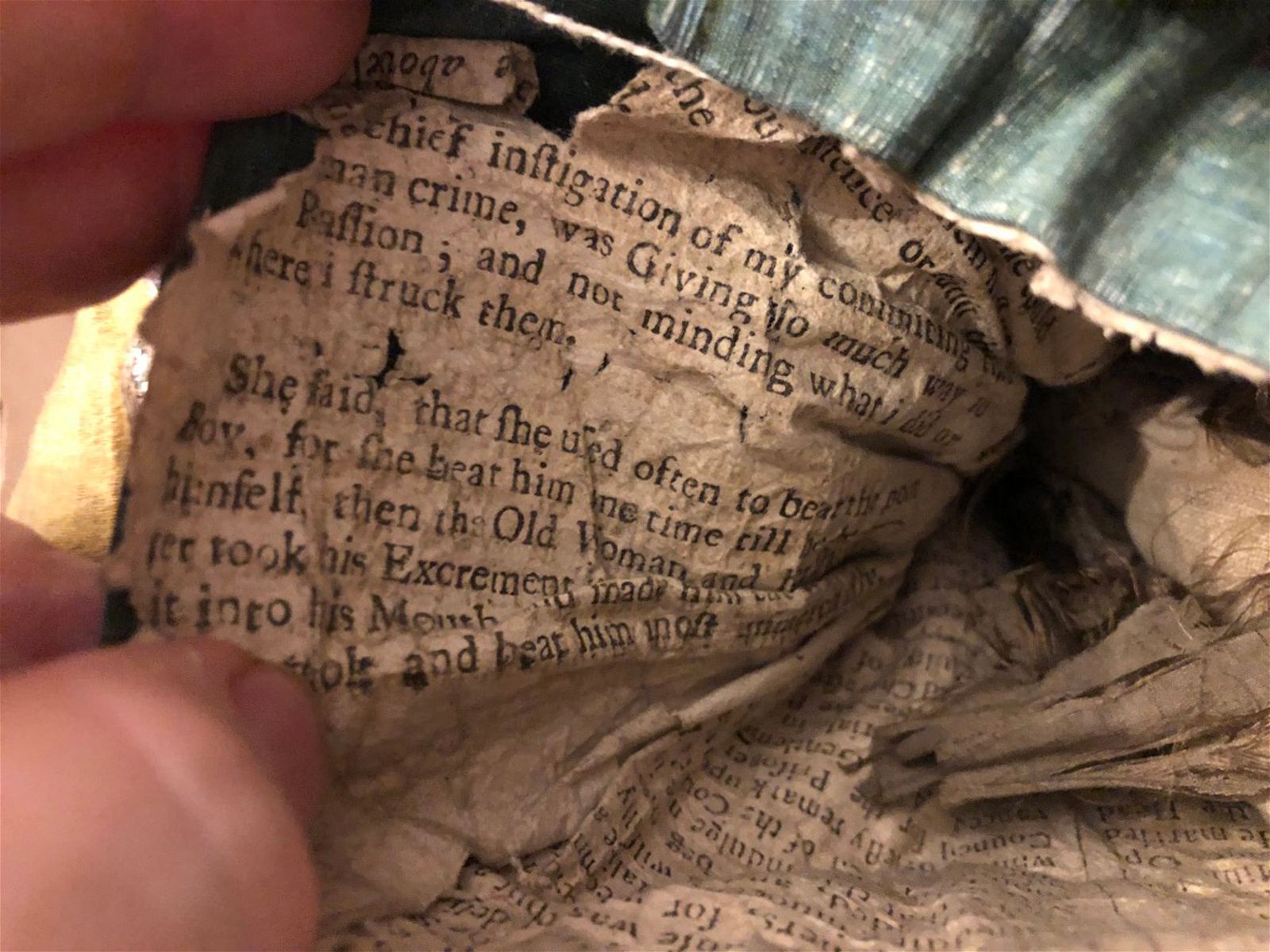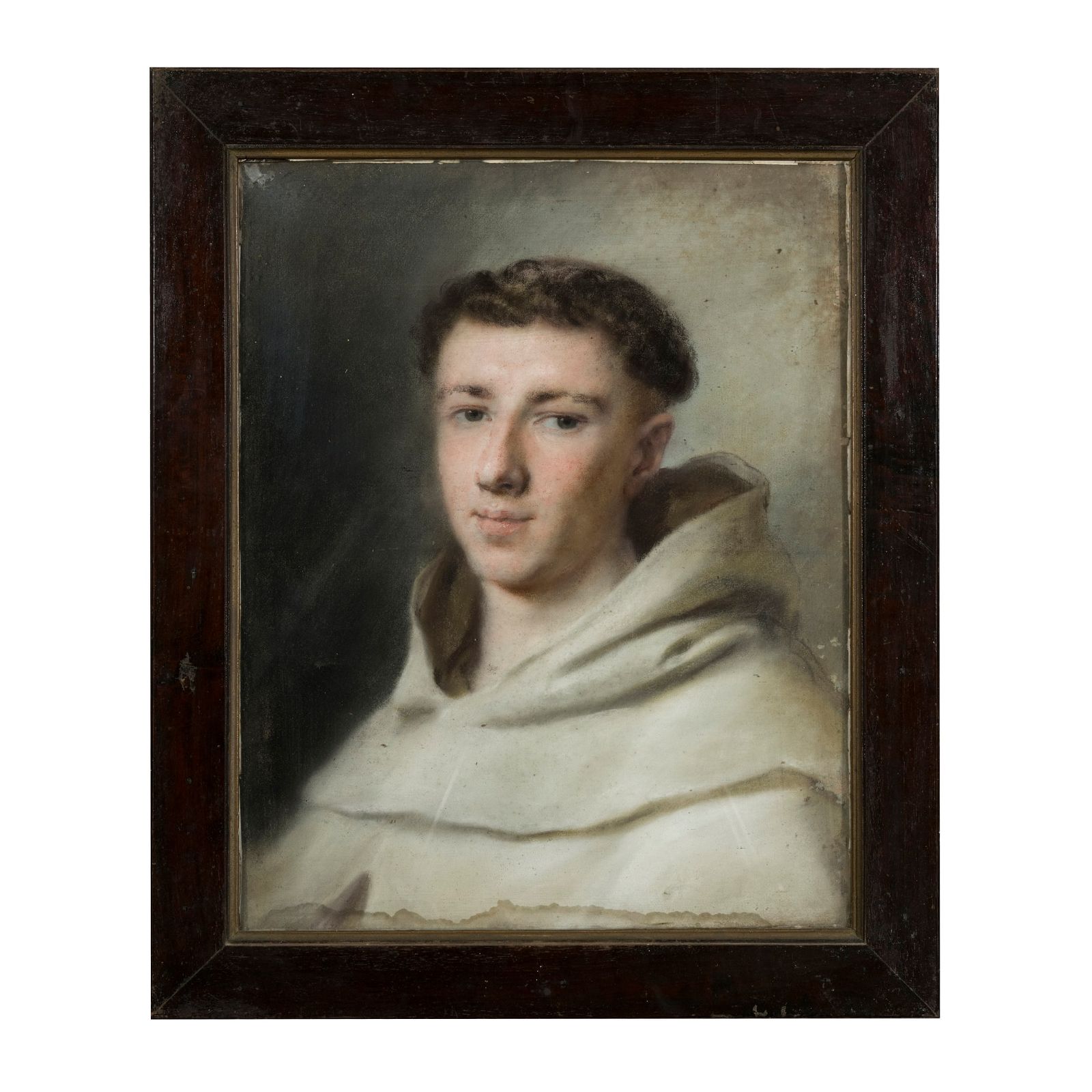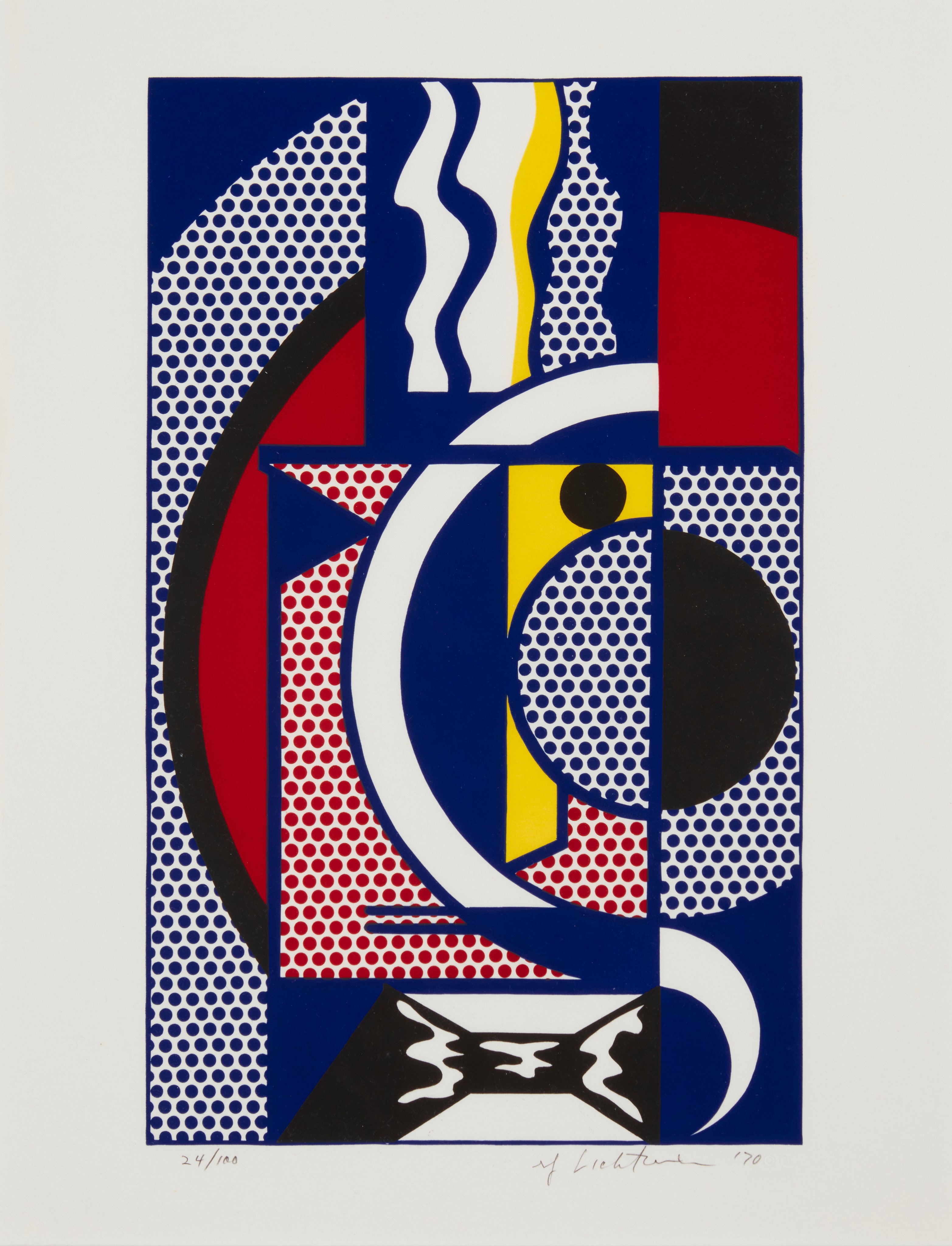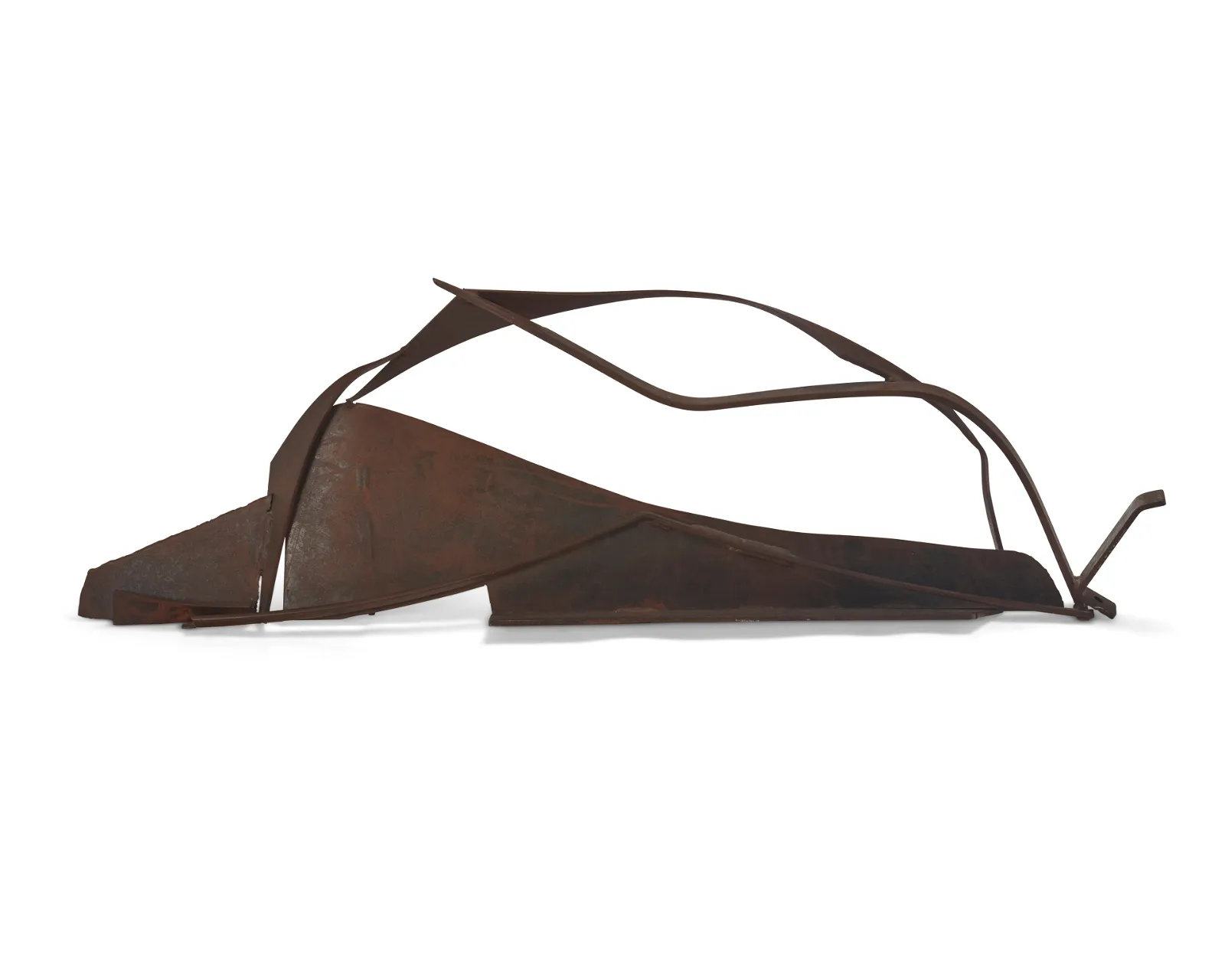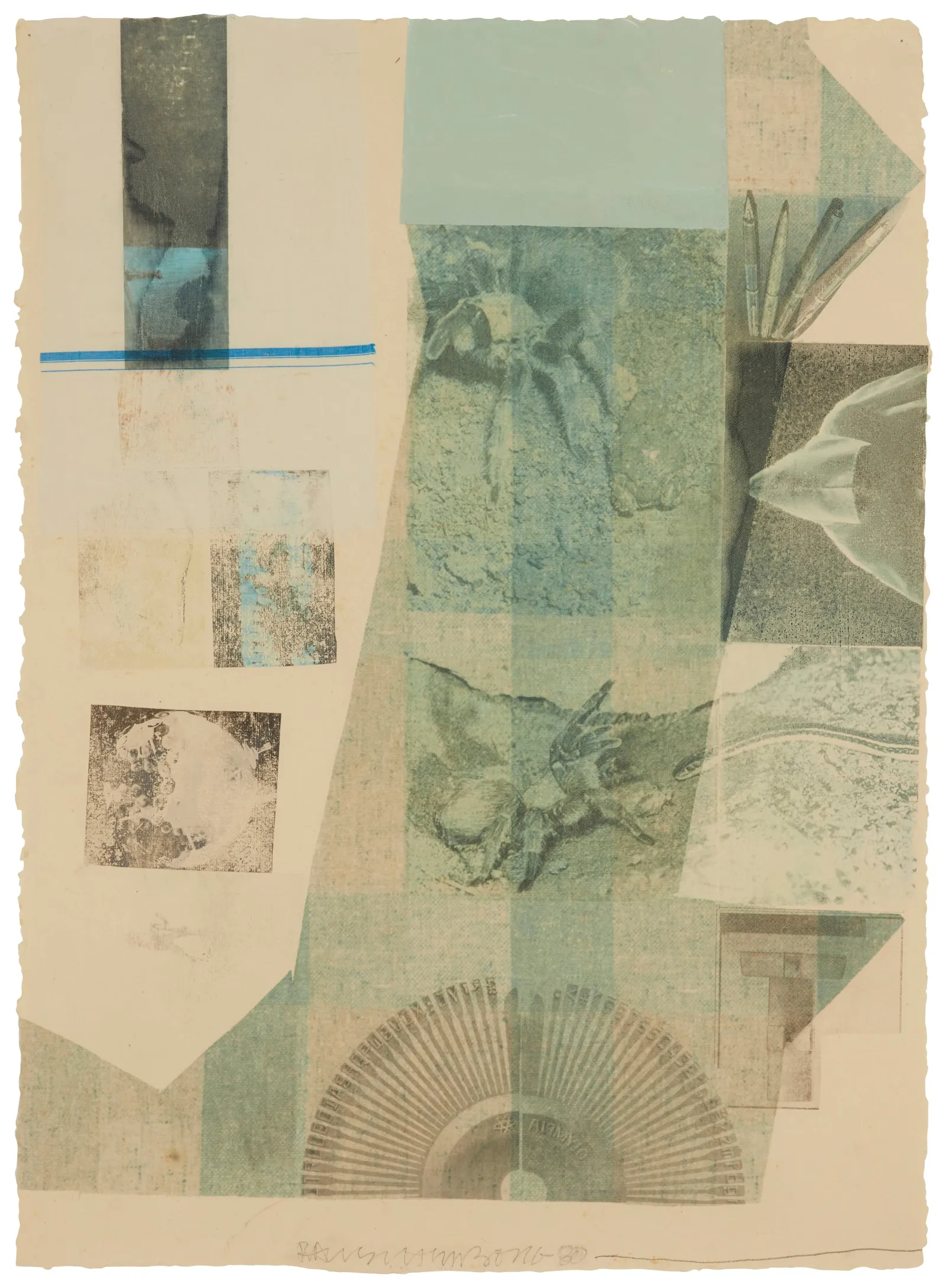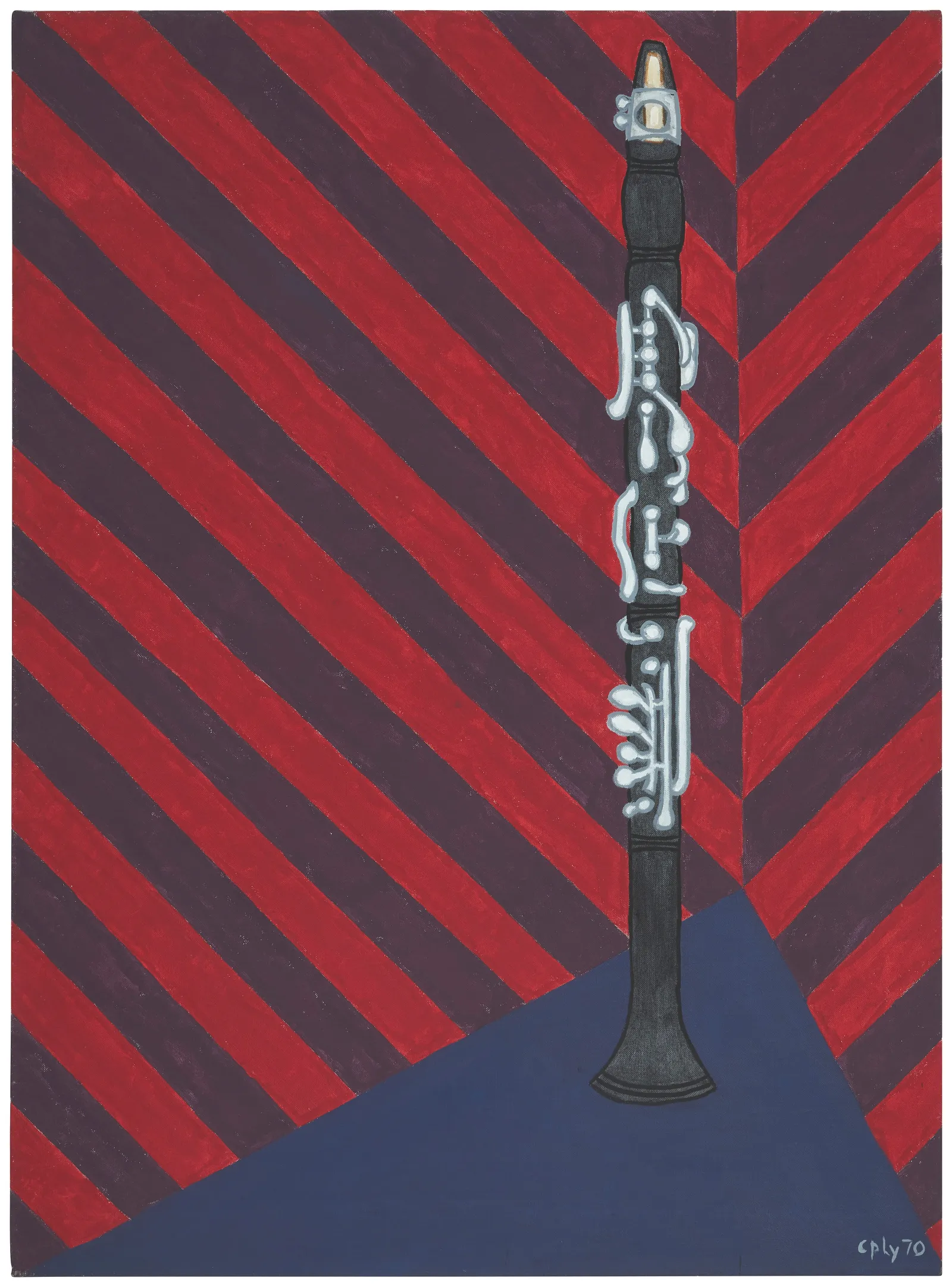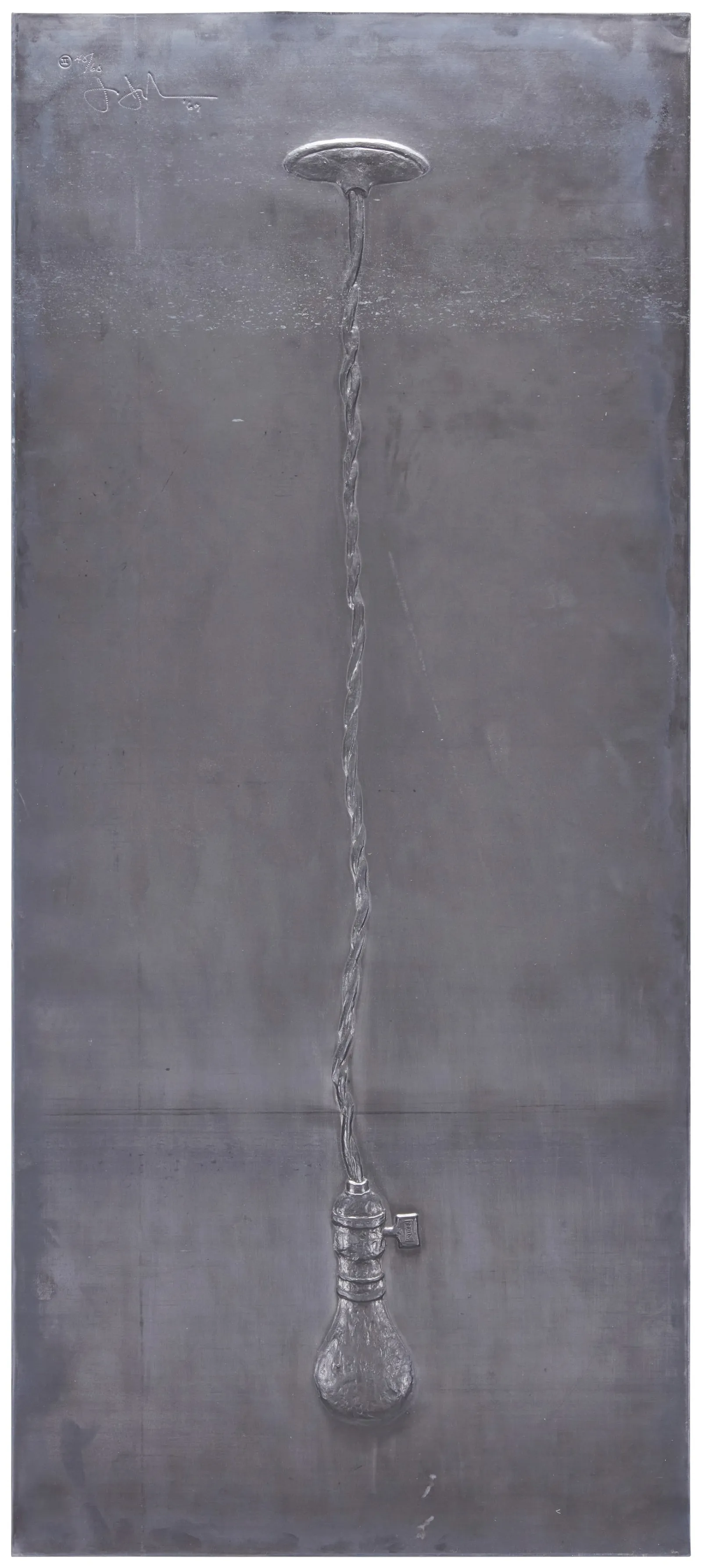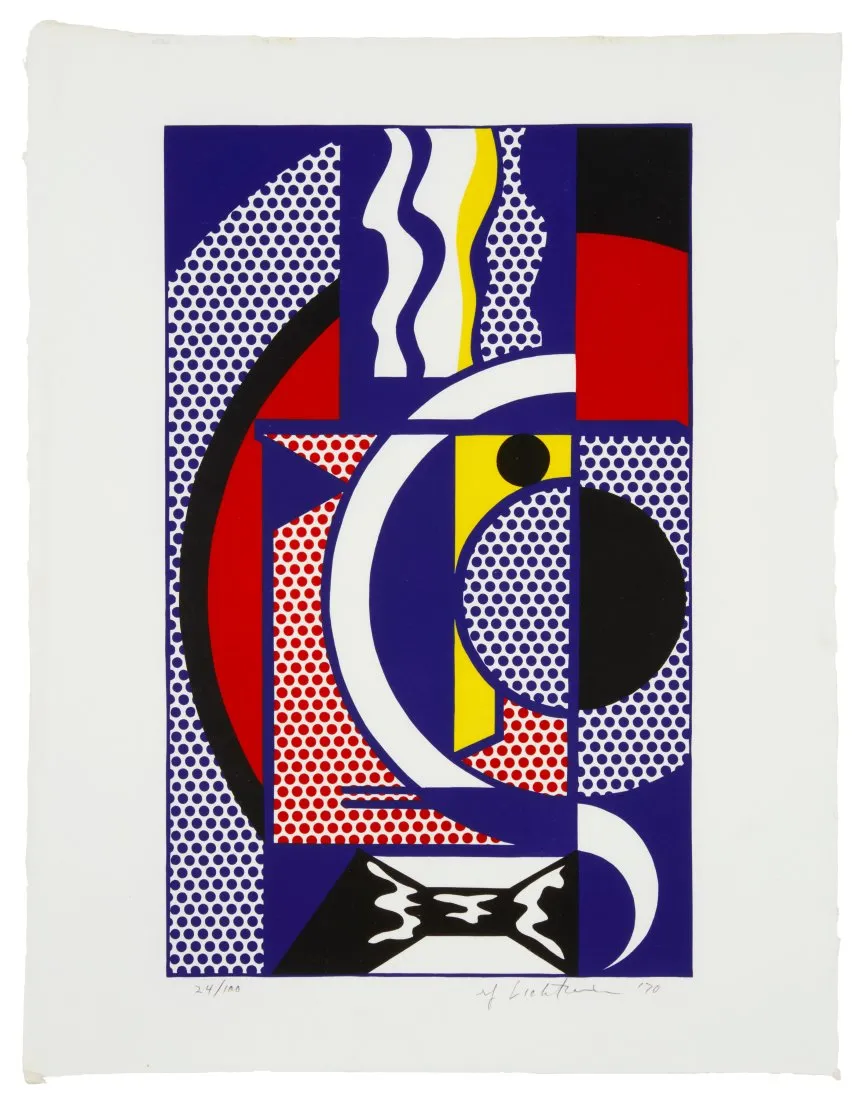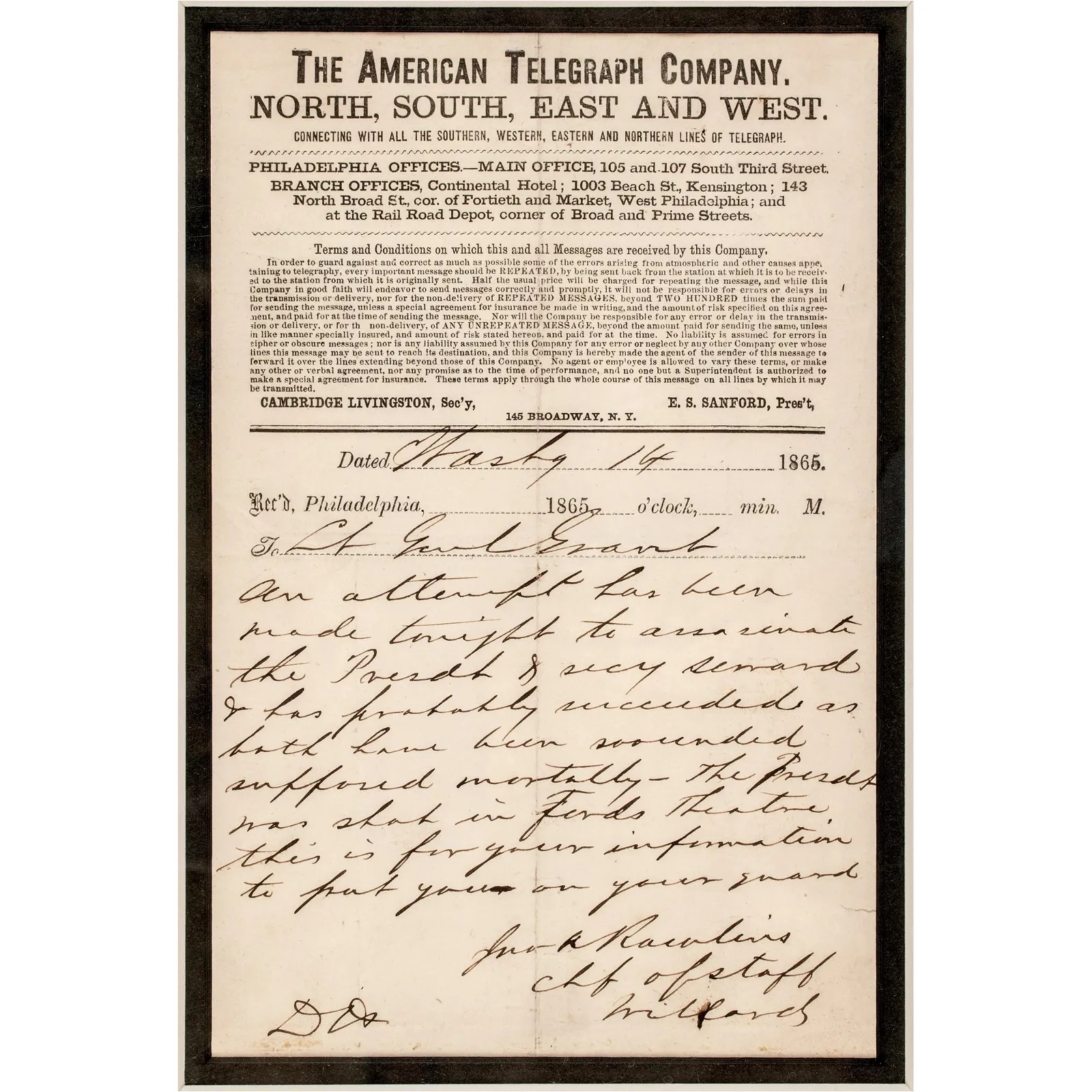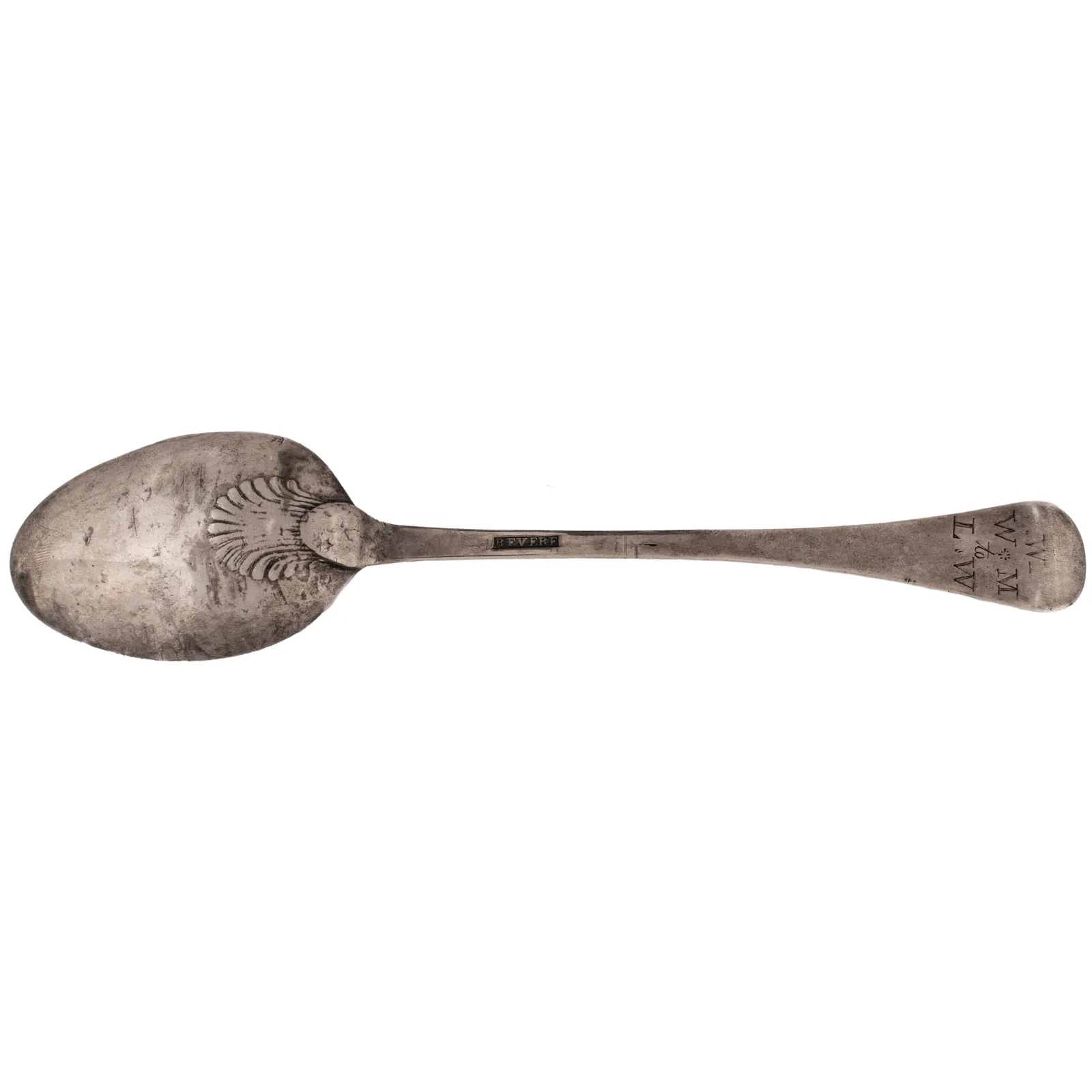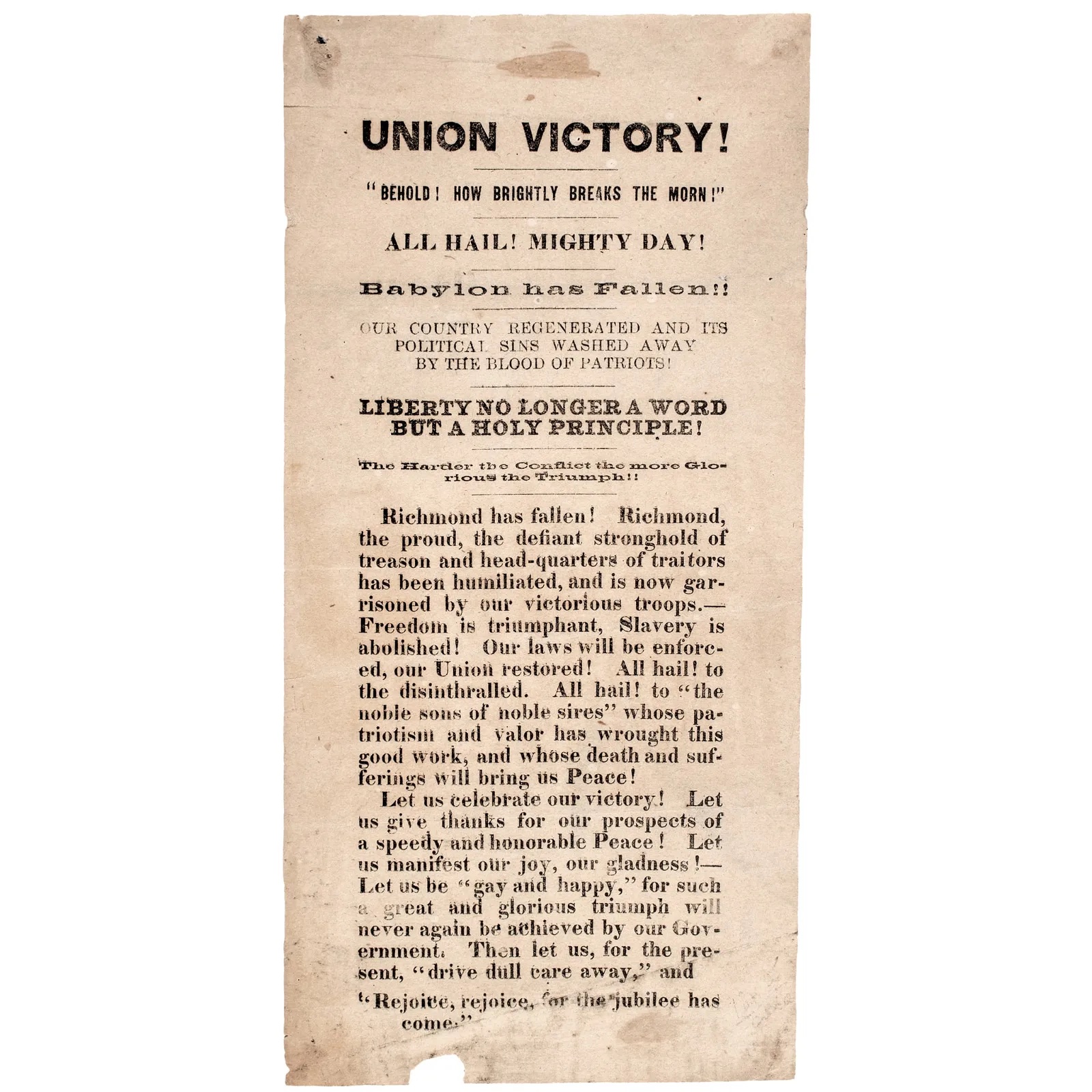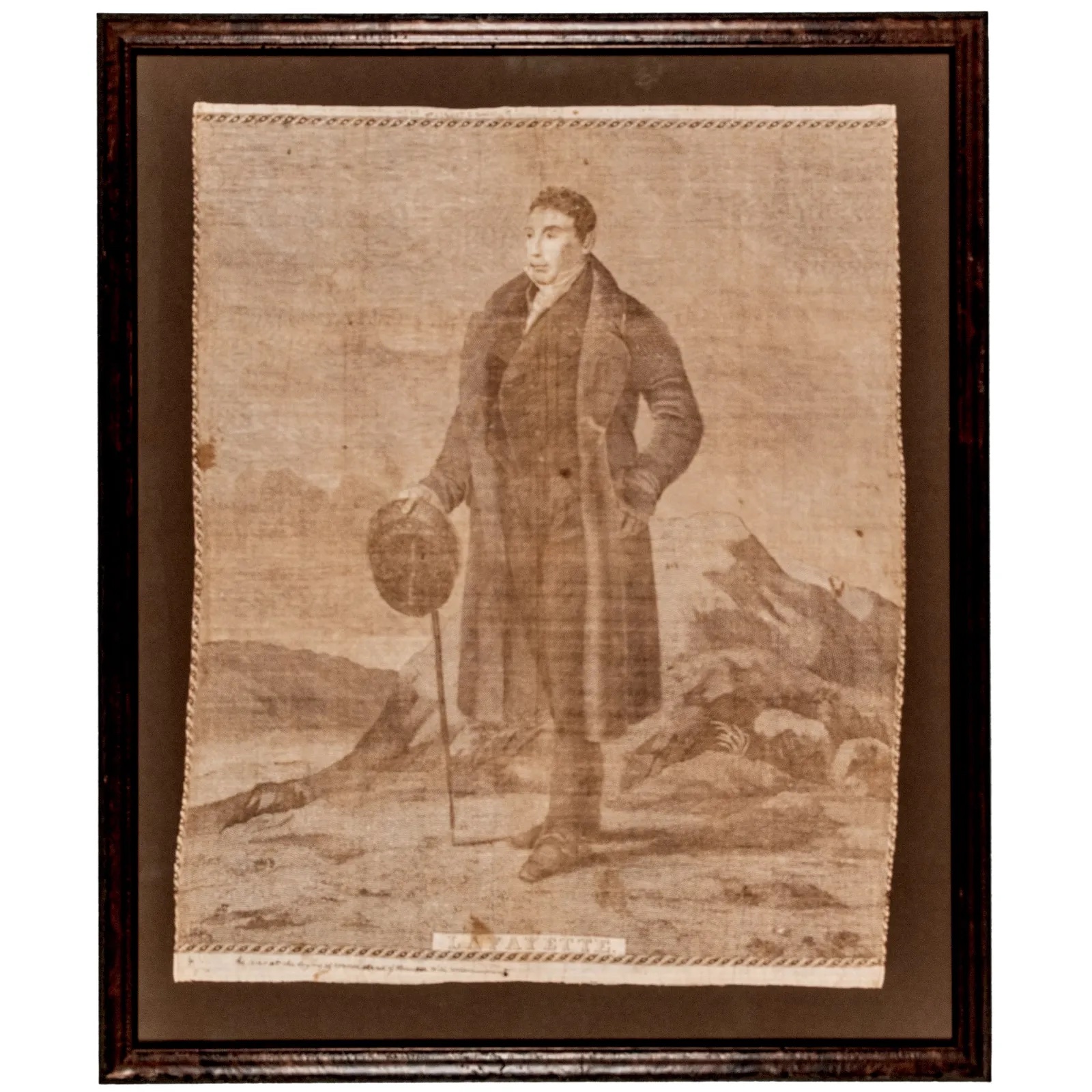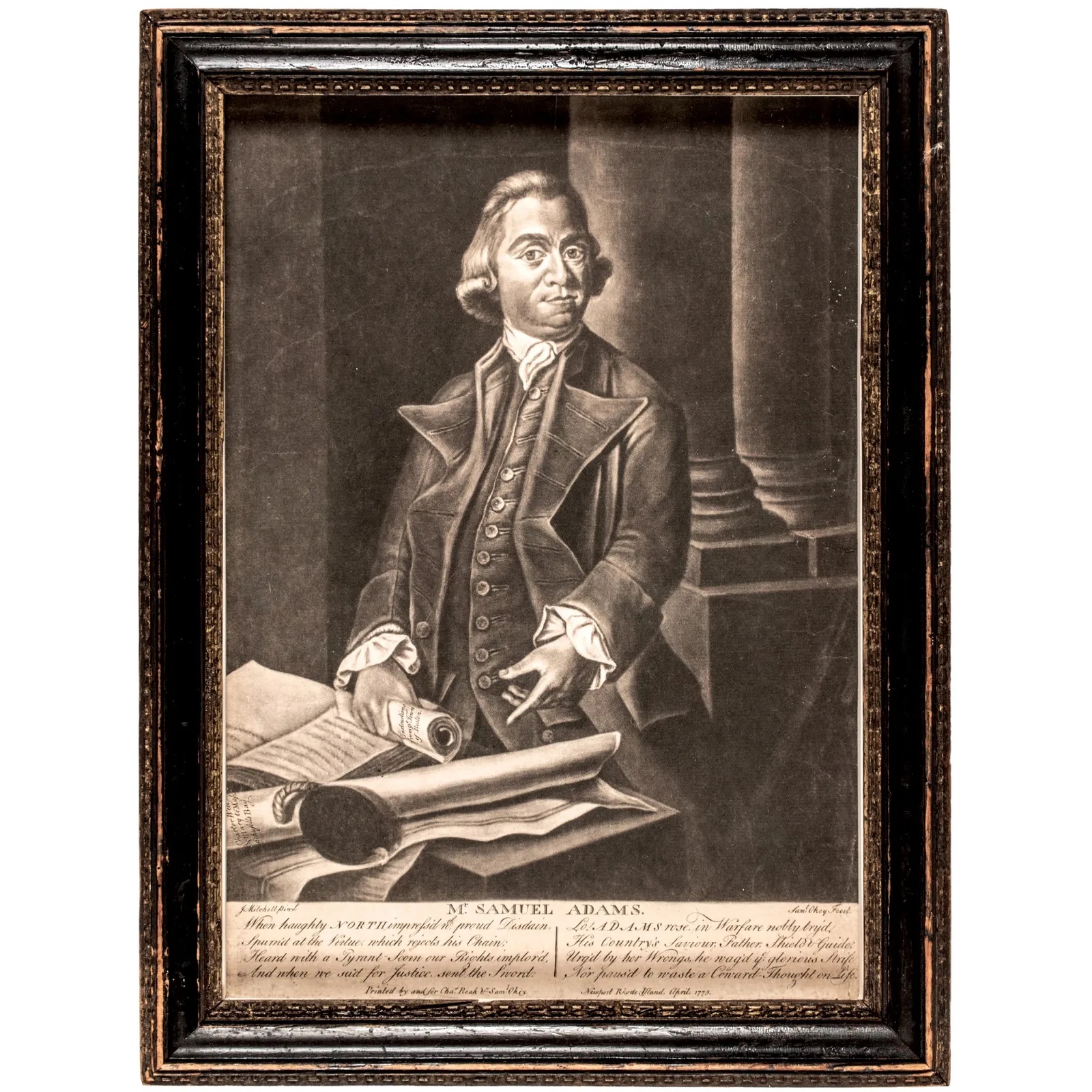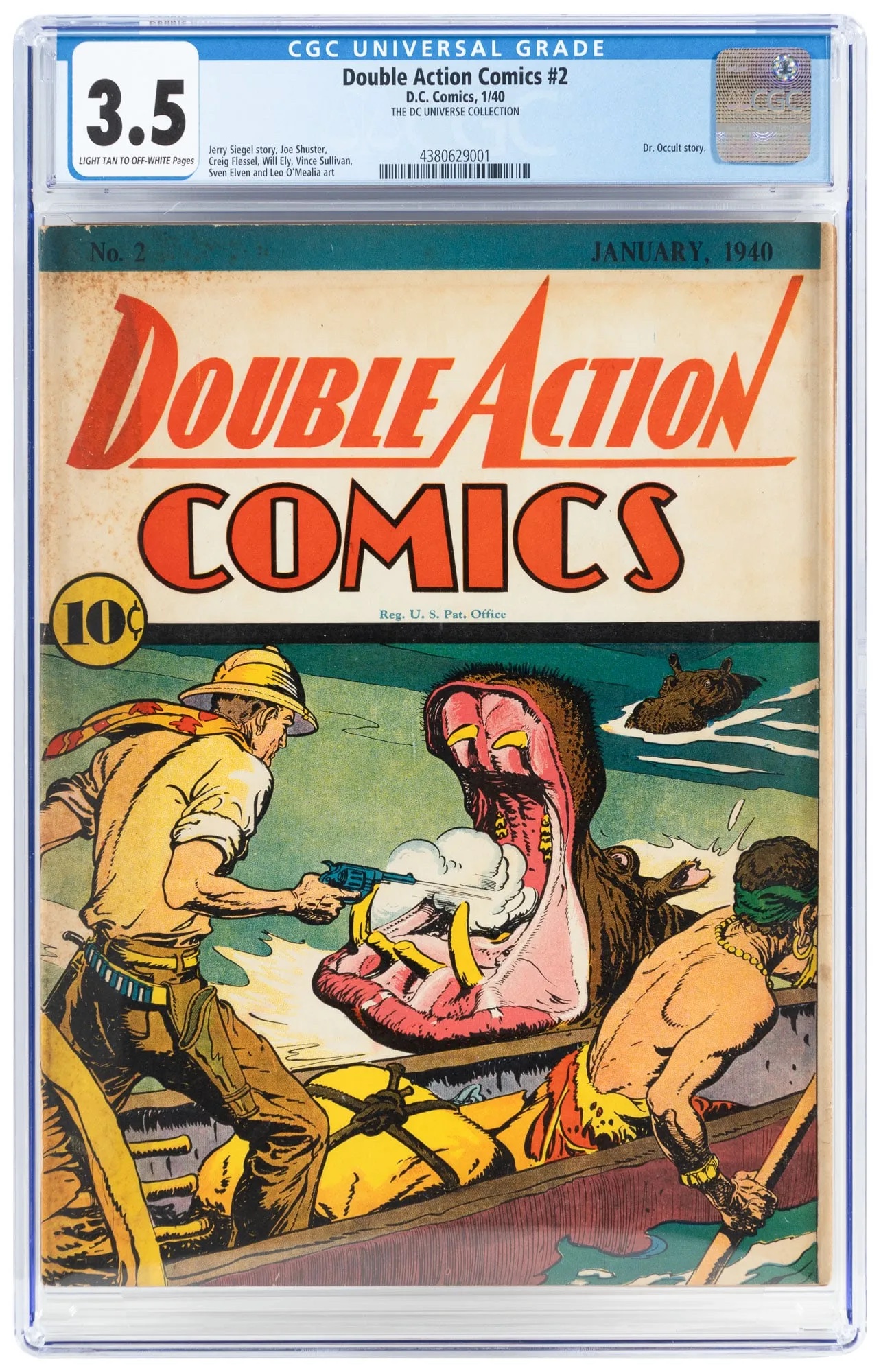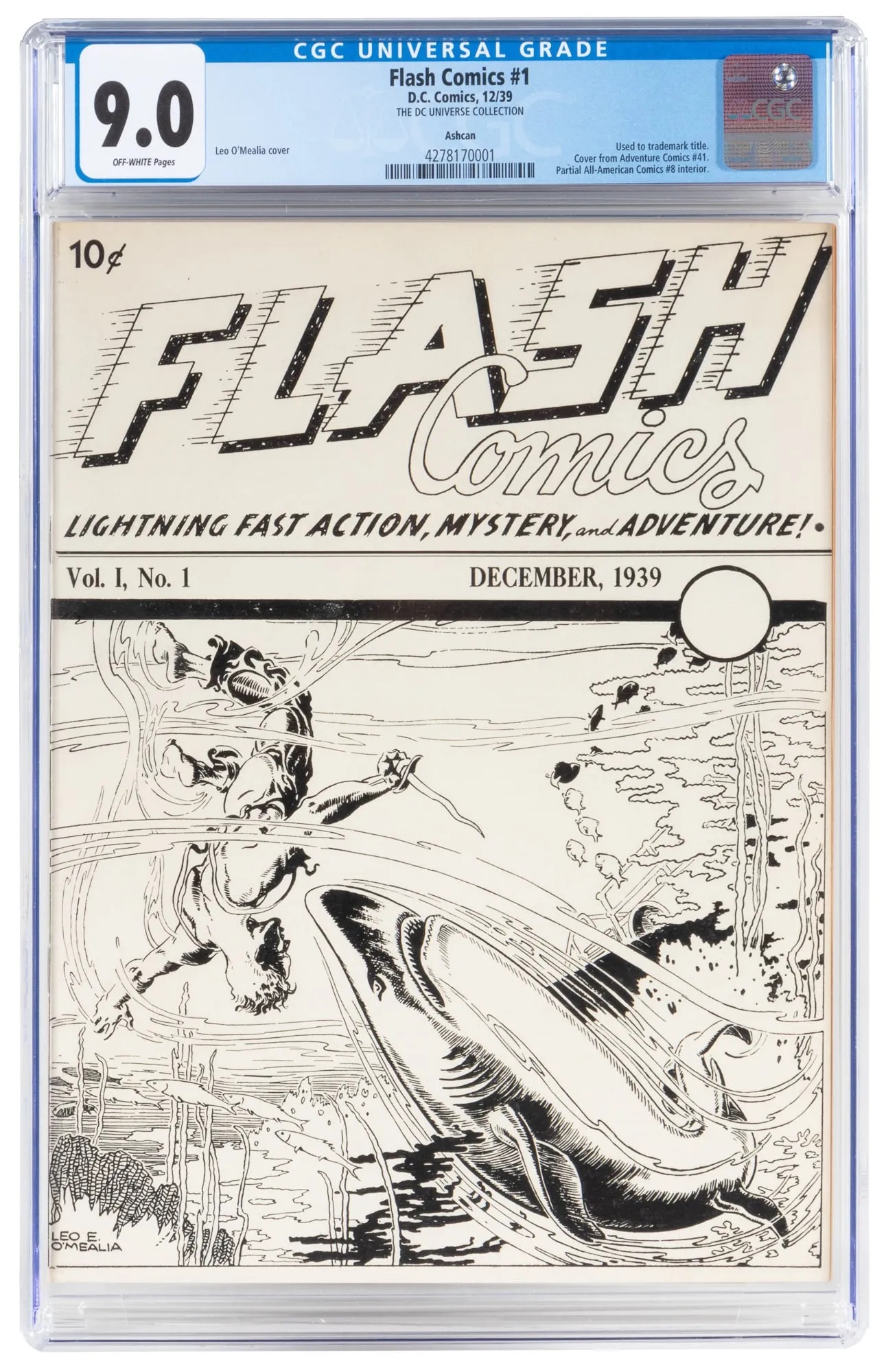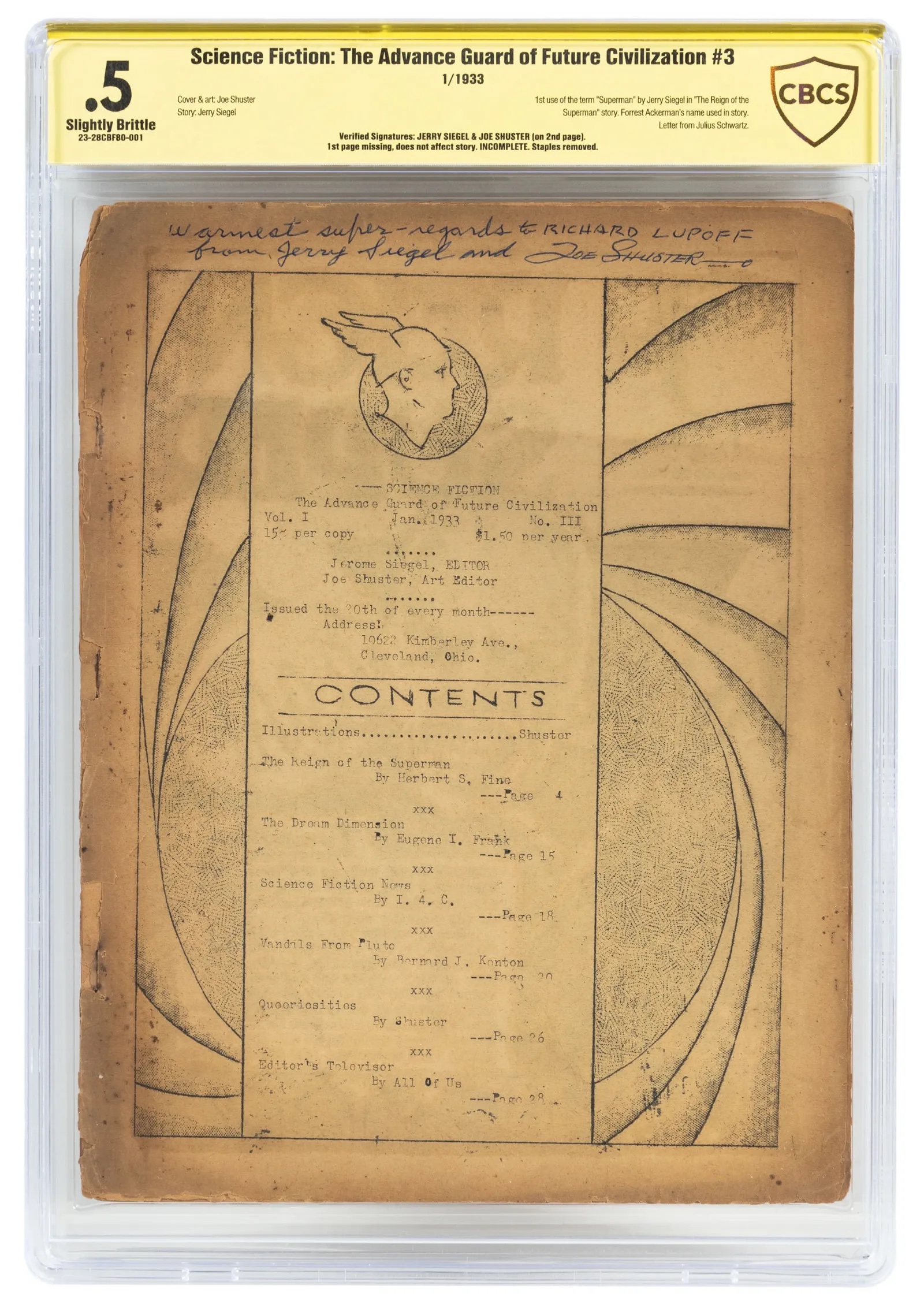Alexander Calder Tapestry, The Star, $38,400
GLEN COVE, N.Y. – Alexander Calder (1898-1976) first produced designs for tapestries made at the Aubusson factory in the early 1960s. However, most that come to auction – such as that offered for sale at Roland New York auction house on February 20 – were made by weavers in Guatemala a decade later. These works (the Calder Foundation calls them unauthorized) were part of a fundraising initiative to help victims of an earthquake that had hit Nicaragua and Guatemala in December 1972. Local workers, using traditional techniques and jute rather than wool, were paid four times their usual rate to complete the project. There are 14 different designs, with each made in an edition of 100.
The example at Roland NY is known as The Star and is numbered 96 of 100 and dated 1975. Inscribed Hecho En Guatemala (Made in Guatemala) it measures 4ft 8in by 7ft. It hammered for $30,000 and sold for $38,400 with buyer’s premium against an estimate of $10,000-$20,000, going to a bidder who used LiveAuctioneers.
In November 2023, the Paris auction house Piasa offered a complete set of the 14 Calder weavings that had been owned by Kitty Meyer, the New York socialite who had first approached Calder with the earthquake fundraising idea. All numbered 53 of 100, they brought hammer prices between €30,000-€60,000, with The Star hammering for €46,000 and selling for €59,800 ($64,895) with buyer’s premium.
Snappy the Happy Bubble Blowing Dragon Toy, $8,100
LYNBROOK, N.Y. – Snappy the Happy Bubble Blowing Dragon is a scarce battery-operated toy made by Marx in Japan in the 1960s. With its stop and go mechanism, it weaves its way along the floor, flashing its lights, turning its head, and blowing bubbles. Nose to tail, it measures around 3ft 3in across.
A relatively expensive toy at the time of manufacture, fewer than a dozen examples are known today with the original pictorial box intact.
The example offered as part of the Vintage Toys, Boats, and Advertising sale at Weiss Auctions on February 21 was play-worn but in largely functioning order and in its box. It hammered for $6,750 and sold for $8,100 with buyer’s premium against an estimate of $1,600-$3,200.
Herter Bros Slipper Chair made for the Vanderbilt Family, $38,400
MARLBOROUGH, Mass. – This Herter Bros inlaid rosewood and upholstered slipper chair was part of a suite made for the Vanderbilt family circa 1881-82. Two chairs and an ottoman numbered 453-455 from the same suite resided in one of the bedrooms of the William H. Vanderbilt residence on Fifth Avenue, New York, with this chair, numbered 452, previously owned by Gladys Moore Vanderbilt, Countess Szechenyi, at The Breakers in Newport, Rhode Island.
She was the granddaughter of William H. Vanderbilt and she inherited The Breakers upon the death of her mother, Alice Claypoole Vanderbilt, wife of Cornelius Vanderbilt II. Gladys’s daughter, also Countess Szechenyi, had an apartment at The Breakers until her death in 1998.
These Herter-Vanderbilt pieces are among the most desirable of all Gilded Age furnishings. Offered as part of Bonhams Skinner’s February 21 Modern Design sale, it was estimated at $8,000-$12,000, hammered for $30,000, and sold for $38,400 with buyer’s premium.
Circa-1740 English Doll with a Petticoat Lined with Newspaper Stories About a Murder, $34,900
NEWBURY, UK – The first part of what Special Auction Services billed as “the largest and most valuable doll collection seen at auction for 25 years” went under the hammer on February 22.
Austin Smith and his late partner Margaret Harkins began collecting in 1949, eventually amassing more than 1,000 antique dolls and accessories. A second tranche of the collection will be offered later this year.
The best-seller in February was a circa-1740 English wooden doll in an ornate yellow gown, which carried an estimate of £8,000-£12,000 ($10,150-$15,230) but hammered for £22,000 and sold for £27,500 ($34,900) with buyer’s premium. Her petticoat was made from a broadsheet newspaper that featured the murder of a young maid by her mistress and daughter. Elizabeth (1673-1740) and Mary Branch (1716-1740) from Taunton, Somerset, England, were convicted of beating to death a servant girl, Jane Buttersworth, in 1740.
The top-estimated lot was Peggy, a circa-1765 English wooden doll that was assigned the range of £10,000-£15,000 ($12,690-$19,035) but dipped just below it, hammering for £9,500 and selling for £11,875 ($15,070) with buyer’s premium. Although legless, she wore her original clothes and was being sold with family provenance.
The doll came with a note addressed Peggy and dated 1846 that read: ‘This article belonged to Mrs. Douch, 7 Hill Street, Walworth, and has been in the family near 120 years.’ The auction house noted that while this would take the doll’s provenance back to the 1720s, its clothing dates it to the middle of the 18th century. Peggy was sold originally at Sotheby’s to Kay Desmonde, author of the 1984 book Dolls, 100 Colour Photographs, for £1,250 (roughly $1,585).
Rosalba Carriera Portrait of a Young Friar, $85,940
MILAN, Italy – This 18th-century pastel-on-paper portrait of a young friar has many hallmarks of the work of the Venetian painter Rosalba Carriera (1675-1757).
Often cited as one of the most commercially successful women artists of the 18th century – she painted literally hundreds of pastel portraits for the great and the good of courtly Europe – Carriera is increasingly appreciated as more than just ‘the greatest woman artist of her day’. She set rather than followed artistic trends. She was influential in introducing the rococo style and helped popularize the medium of pastels in 18th-century Europe. As a miniaturist, she was one of the first painters to use ivory instead of vellum as a support.
Most of these facts had been lost to art history because her work rapidly went out of fashion as the desire for the rococo waned. However, it is indicative of current collecting trends and the upswell of interest in ‘the female gaze’ that this relatively modest example of her craft created huge interest at Lucas Milano SRL’s February 20 sale. Authenticated by Italian art specialist Dr Dario Succi, the 21 by 18in (52 by 41cm) image of a Dominican monk was estimated at €6,000-€9,000, hammered for €60,000 and sold for €79,200 ($85,940) with buyer’s premium.


